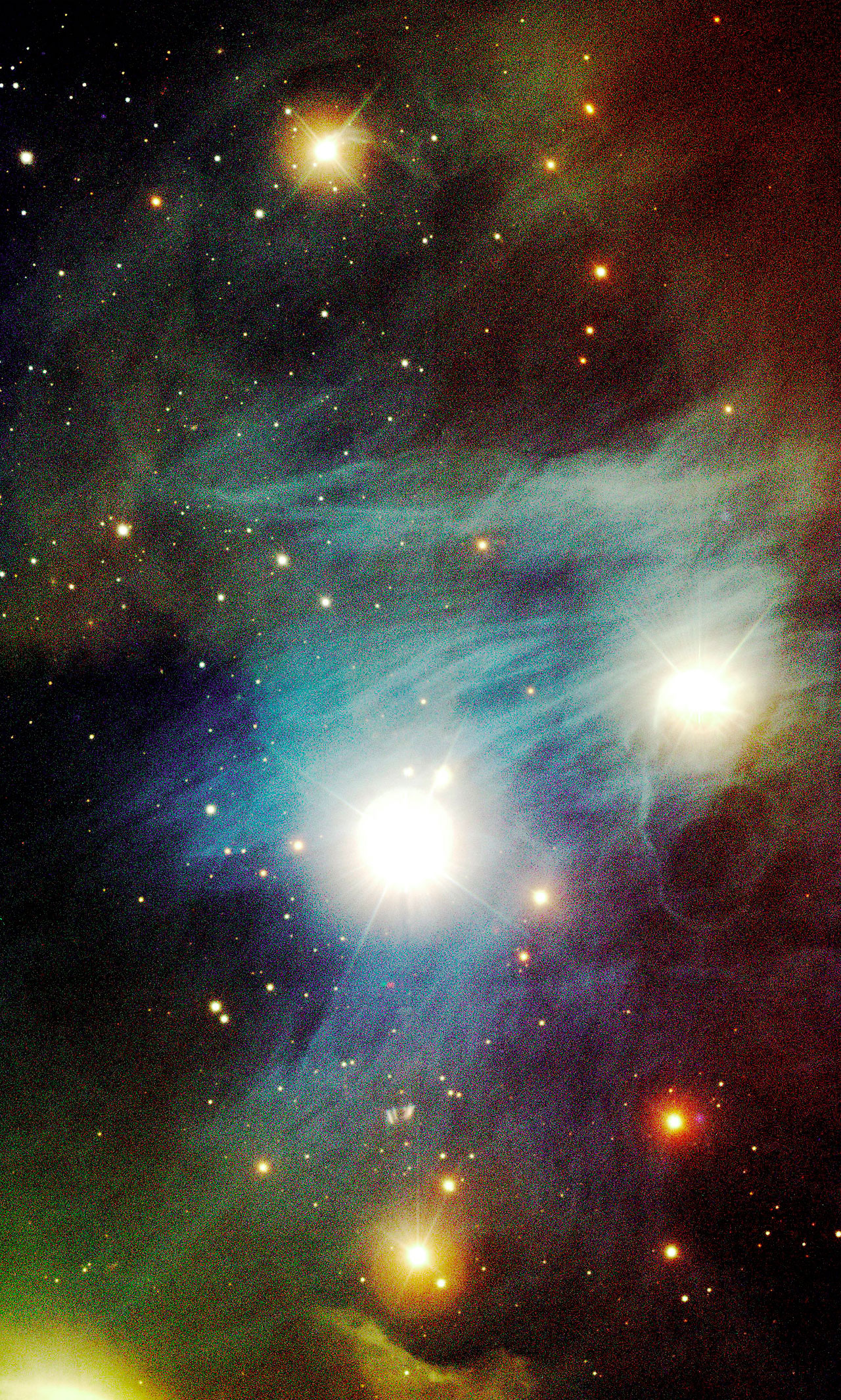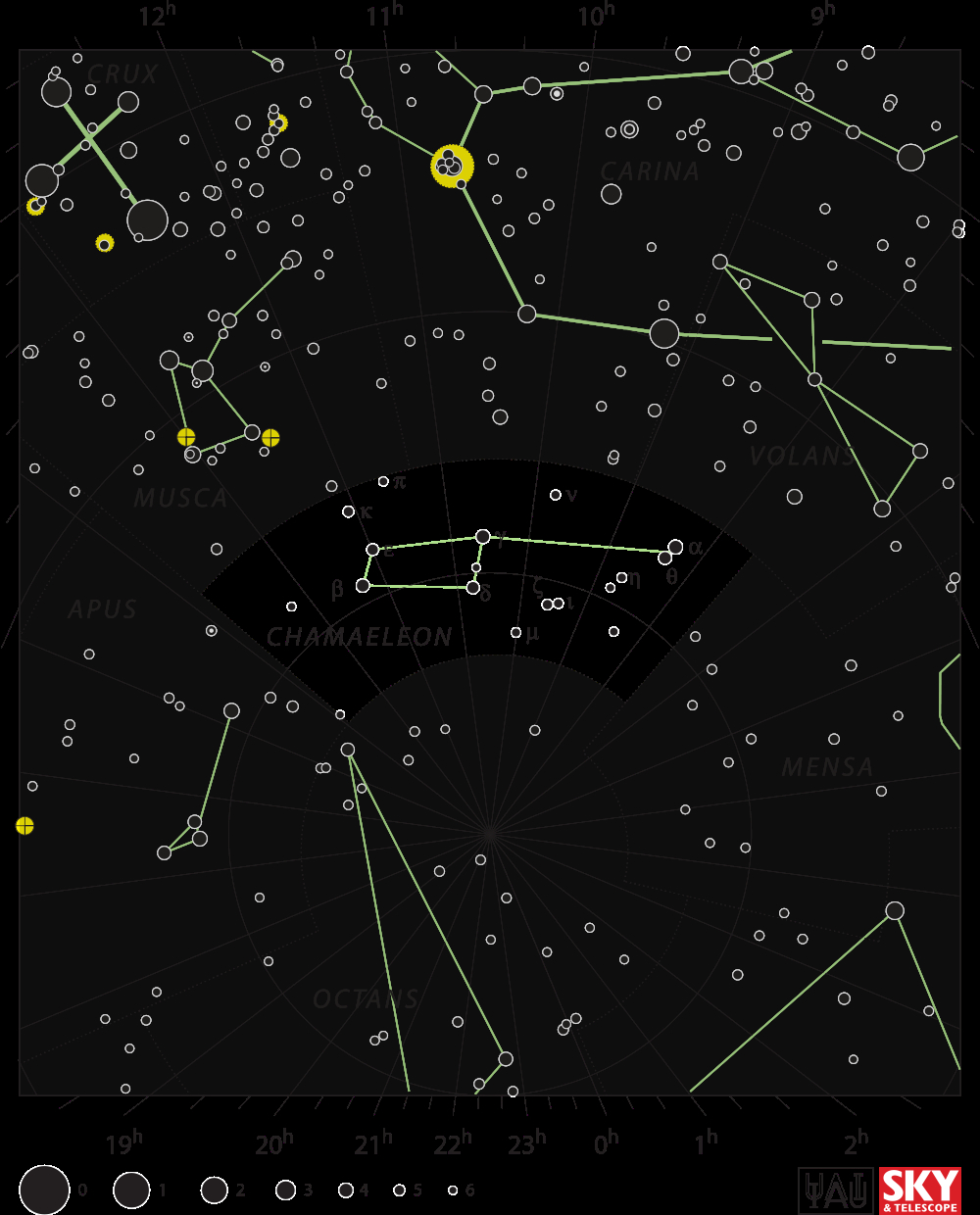
By IAU and Sky & Telescope magazine (Roger Sinnott & Rick Fienberg) [CC-BY-3.0], via Wikimedia Commons
"The Chameleon"

By IAU and Sky & Telescope magazine (Roger Sinnott & Rick Fienberg) [CC-BY-3.0], via Wikimedia Commons
Abbreviation: Cha
Genitive: Chamaeleontis
Constellation family: Bayer Group
Nearest constellations: Apus, Carina, Mensa, Musca,
Octans, and Volans
Right ascension: 10.58h
Declination: -79.75°
Visible between latitudes: 0° and -90°
Square degrees: 132
Luminary: Alpha Chamaeleontis
Notable deep sky objects: Eta Chamaeleontis Cluster, NGC 3195
Chamaeleon is a small constellation in the Southern Hemisphere that is best seen in April. It is a circumpolar constellation, meaning it appears to rotate around the Earth's pole in the sky and never sets; Chamaeleon is visible all night long at southern latitudes. The constellation was originally introduced by Johann Bayer in 1603 when he developed his star atlas Uranometria.
There is no mythology associated with this constellation.
NGC 3195 (planetary nebula):
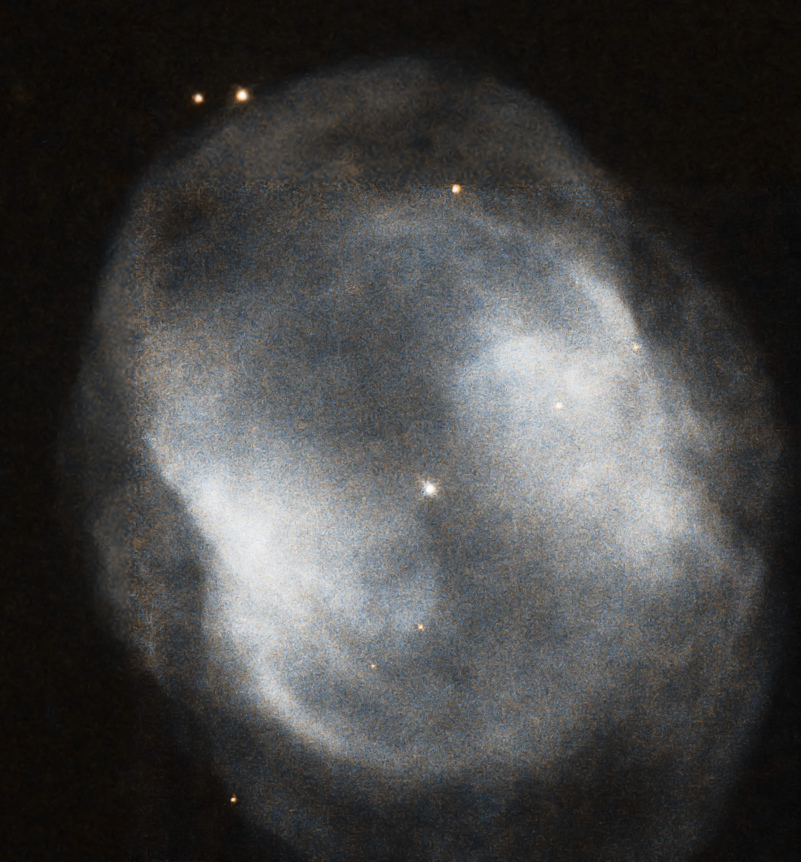
By Judy Schmidt [CC-BY-2.0], via Wikimedia Commons
Chamaeleon I (part of the Chamaeleon Complex, a star-forming region):
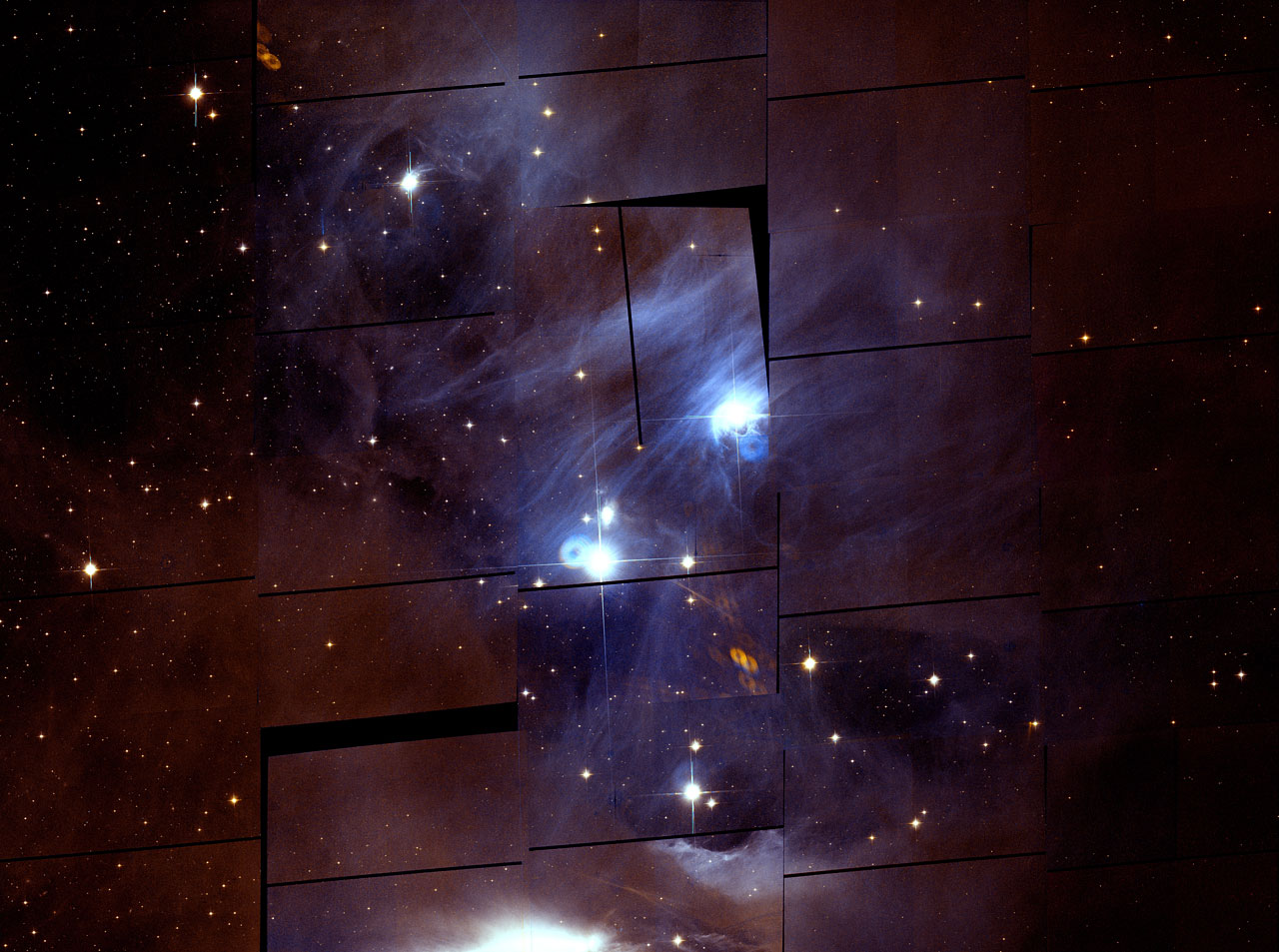
By NASA, ESA, and R. Houdinet [CC-BY-3.0], via ESA/Hubble
HH 909A (star in the process of forming in the Chamaeleon Complex):
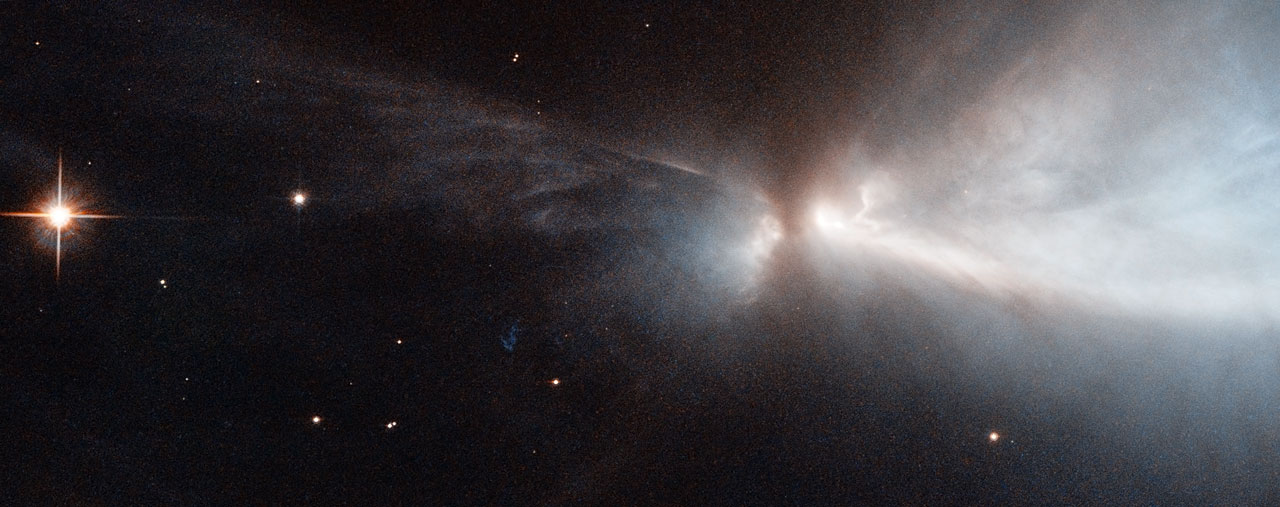
By NASA & ESA, acknowledgements: Kevin Luhman (Pennsylvania State University) and Judy Schmidt [CC-BY-3.0], via ESA/Hubble
Another image of Chamaeleon I:
